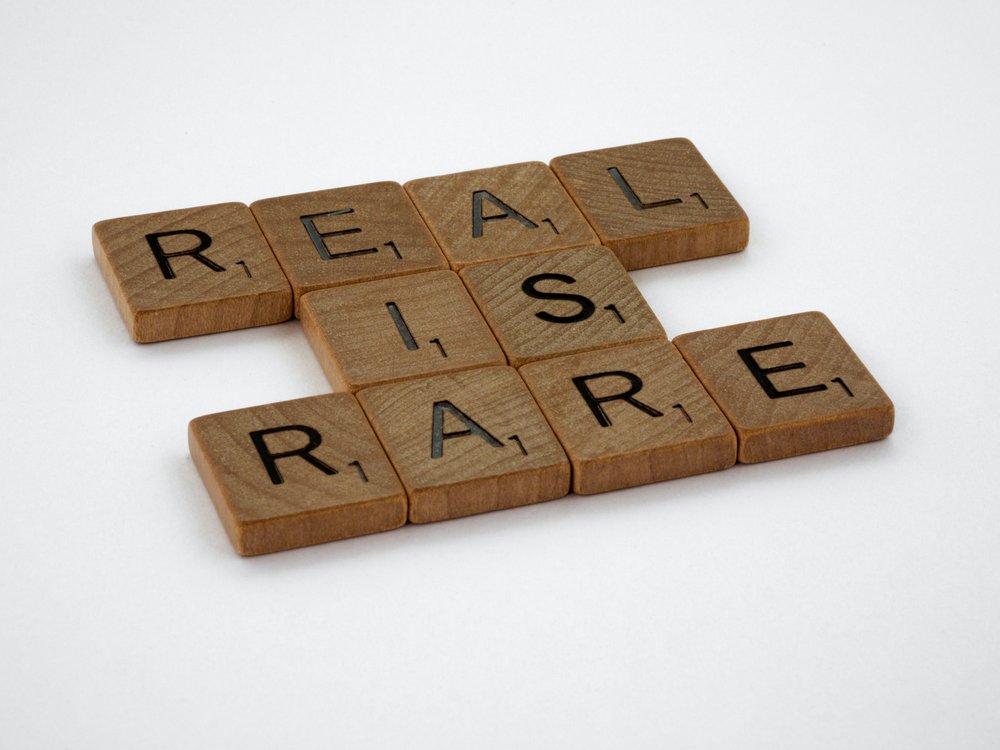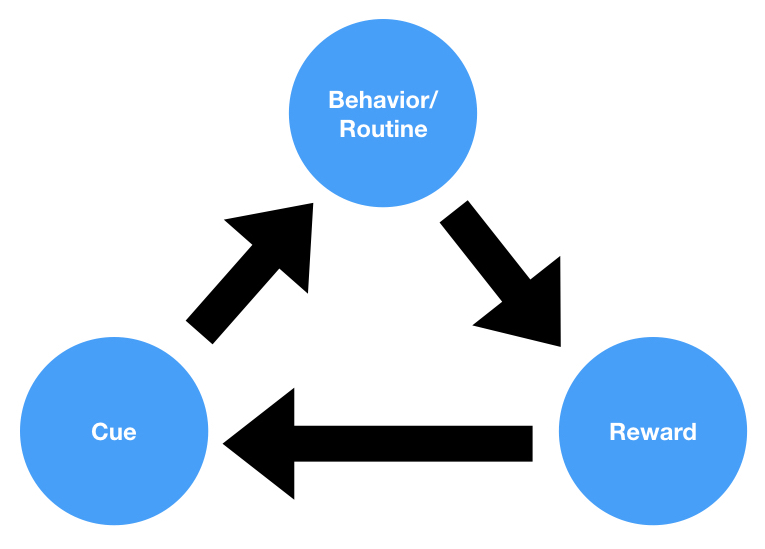An illusory correlation is a type of cognitive bias in which people perceive a relationship between two things, even when no such relationship exists. This can happen when people focus on a few examples that seem to support their belief, while ignoring a larger number of examples that do not fit with their belief. As a result, they may come to believe that the two things are correlated, even if there is no evidence to support this belief.
Illusory correlations can lead people to make inaccurate judgments and decisions. For example, if someone believes that there is a relationship between a person’s name and their job performance, they may be more likely to hire a person with a “good” name, even if that person is not the most qualified candidate. Illusory correlations can also lead to stereotypes and prejudice, as people may use them to justify their beliefs about other people. To avoid this bias, it is important to carefully examine the evidence before making judgments about the relationship between two things.
What is an illusory correlation example?
An example of an illusory correlation could be the belief that people who are left-handed are more creative than those who are right-handed. While it is true that some left-handed people are creative, there is no actual association between handedness and creativity. This belief may arise from the fact that left-handedness is relatively uncommon, and therefore may stand out more in situations where creativity is displayed. However, this perceived association is a product of cognitive biases and is not actually based on evidence of a causal relationship.
Another example is the belief that people who wear glasses are more intelligent. This belief is based on a perceived correlation between intelligence and wearing glasses, even though there is no actual association between the two variables.
What is illusory correlation (for AP psychology students)?
Illusory correlation is an important concept in AP Psychology because it demonstrates how our cognitive processes can influence our perceptions and beliefs about the world. By understanding the nature of illusory correlation, students can develop critical thinking skills and learn to recognize when their perceptions may be biased or inaccurate.




